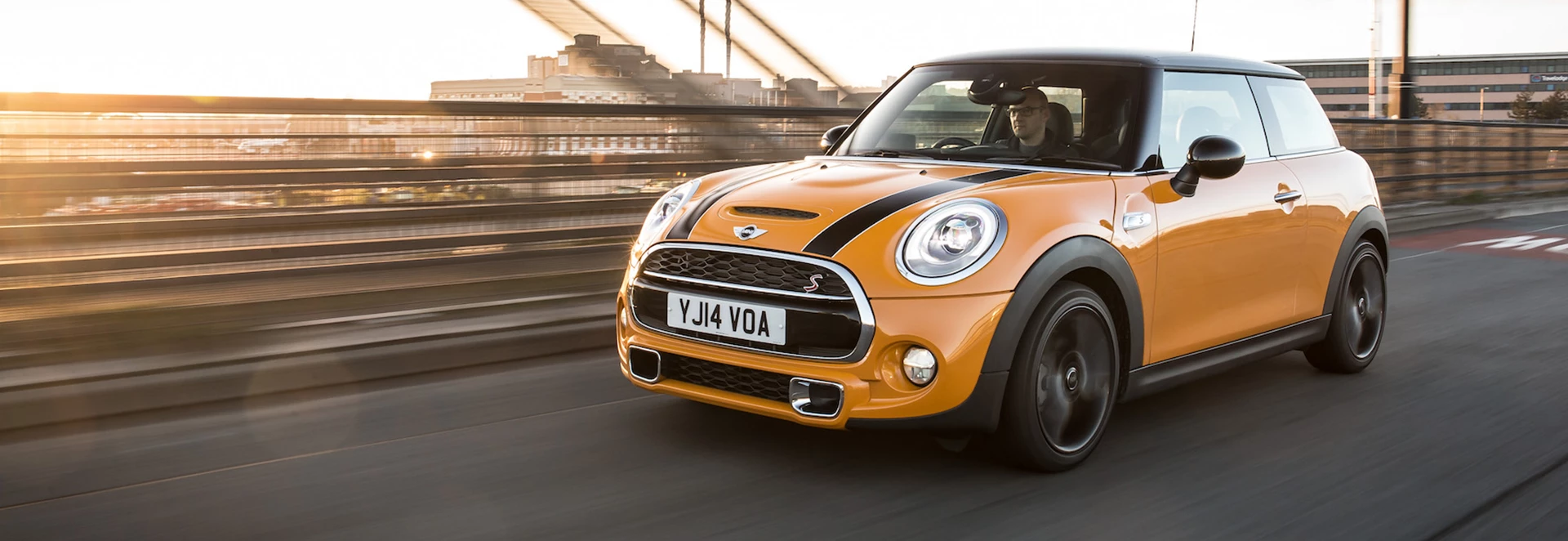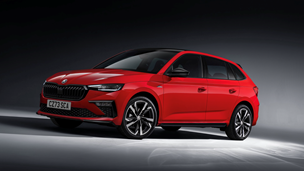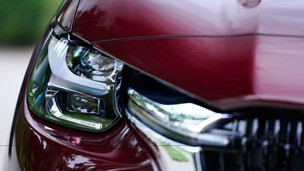Cars are an integral part of our history. From our very early journeys as children, through the poster cars of our childhood, to the rite of passage that comes with passing our driving tests, our car memories are personal things.
Yet for years, the world’s car manufacturers steered away from their pasts, right from the very day that Henry Ford, founder of the Ford Motor Company, told the Chicago Tribune "History is more or less bunk. It's tradition. We don't want tradition. We want to live in the present, and the only history that is worth a tinker's damn is the history that we make today."
Yet Ford is a company with 114 years of history behind it. History that has made it one of the three biggest car companies in the world, and one that is ingrained on the consciences of all that have owned or experienced a Ford at some point in their lives. Even if you haven’t owned one, that probably includes you…
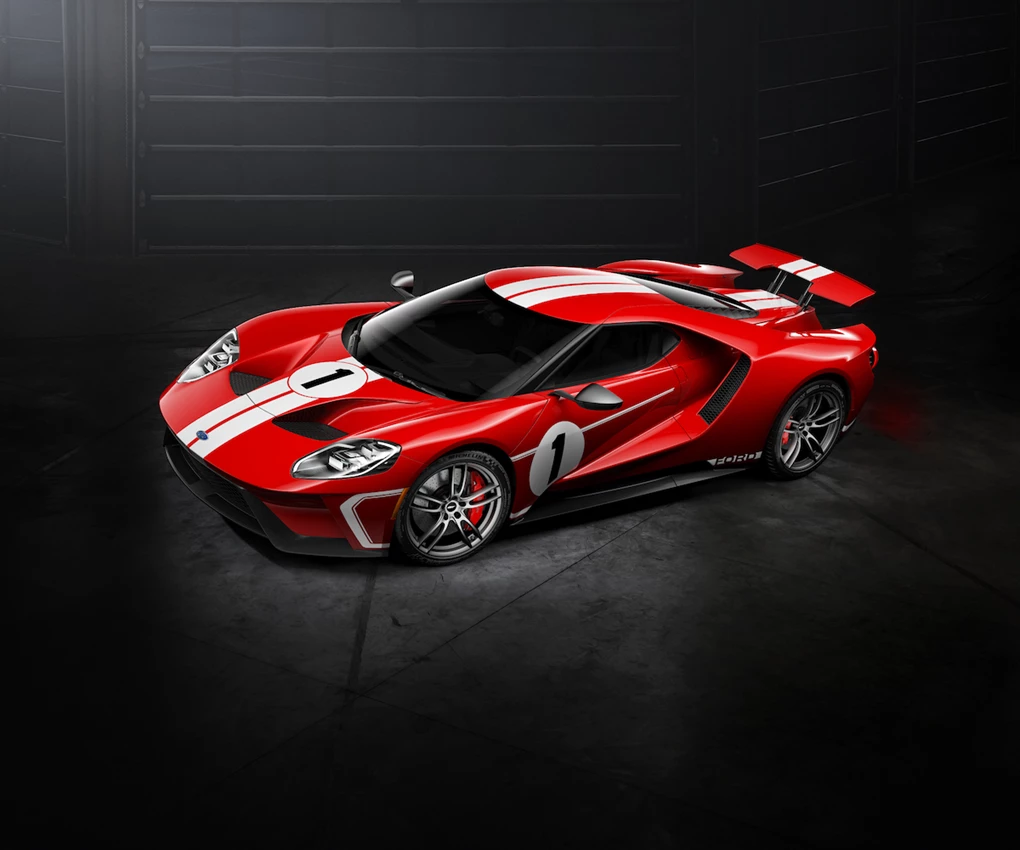
In recent years, though, history has come to the fore, and today there are a great many cars that make a nod to the past. A major turning point was back in 2001, when BMW launched the new MINI. At the time, the company was getting quite a bit of negative attention from the British media having sold off the Rover Group for a nominal £10, having taken over the company seven years previously. As part of the sale, the Mini and Land Rover brands were separated, with Land Rover being sold to Ford and Mini, or newly capitalised MINI to get round trademark infringements, owned by BMW.
Undeterred, BMW launched MINI with heritage as its central core. Everyone has a memory of the original Mini, and although it was bigger, safer and much more refined than the original, BMW’s MINI was shamelessly associated with its past, even using the iconic Cooper and Cooper S names as part of its marketing strategy.
And it worked. Within 12 months, MINI was in the top 10 sales ranks, and although the range has diversified somewhat since, it’s the three-door MINI hatch that remains core to the brand today.
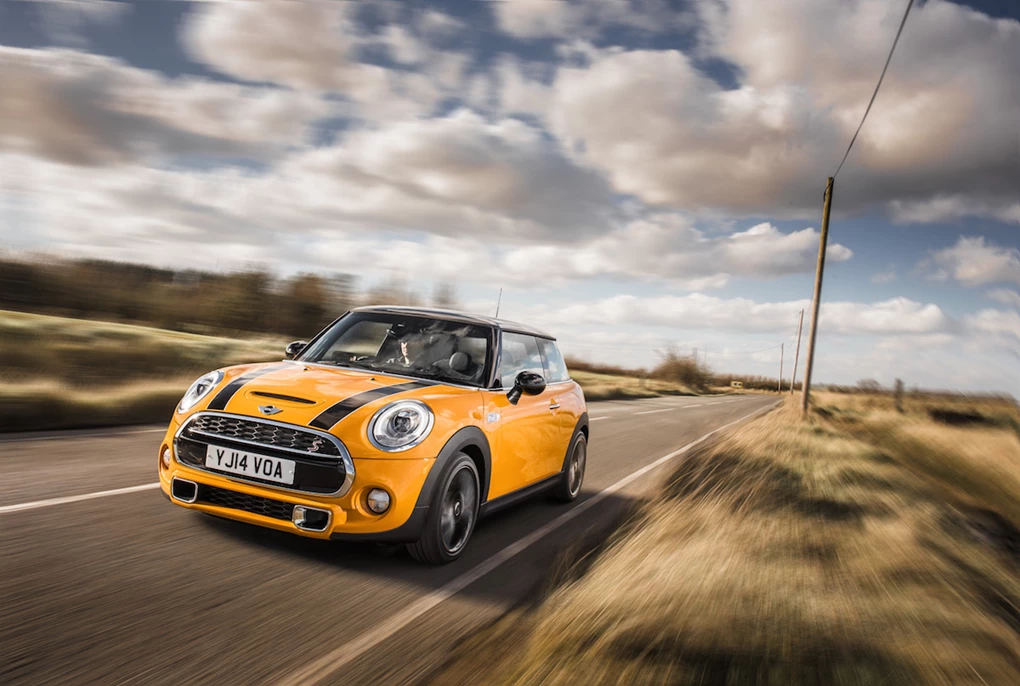
MINI’s approach wasn’t new, however. Indeed, it was two other British brands that were first to the party with naming (and styling) cars after retro models. At the 1998 British Motor Show, the two most talked about cars were the Jaguar S-Type and Rover 75, both names from the past, and both curvaceous executive saloons with styling that made an unashamed nod to the past. The Rover was well received, unlike the rest of the company’s model range, the Jaguar less so, but the eyes of the automotive industry suddenly looked backwards to look forwards.
In 1999, Volkswagen launched its new Beetle, based on the Mk4 Golf platform. It was what the MINI should have been, but was unapologetically a pastiche, so it never gained the same traction. The MINI, by comparison, was a thoroughly modern car at the time, but one with history to drive its success.
Following MINI’s lead, Fiat used the 2004 Geneva Motor Show to demonstrate the Trepiuno concept car – a small hatch that took and refined the profile of the original Fiat 500. Such was the public reception of the prototype that, within 18 months, the ‘new’ 500 was put into production, trading on the back of nostalgia. Here was a car that, like the original Mini, had made motoring affordable for the masses, and which promised to do so again.
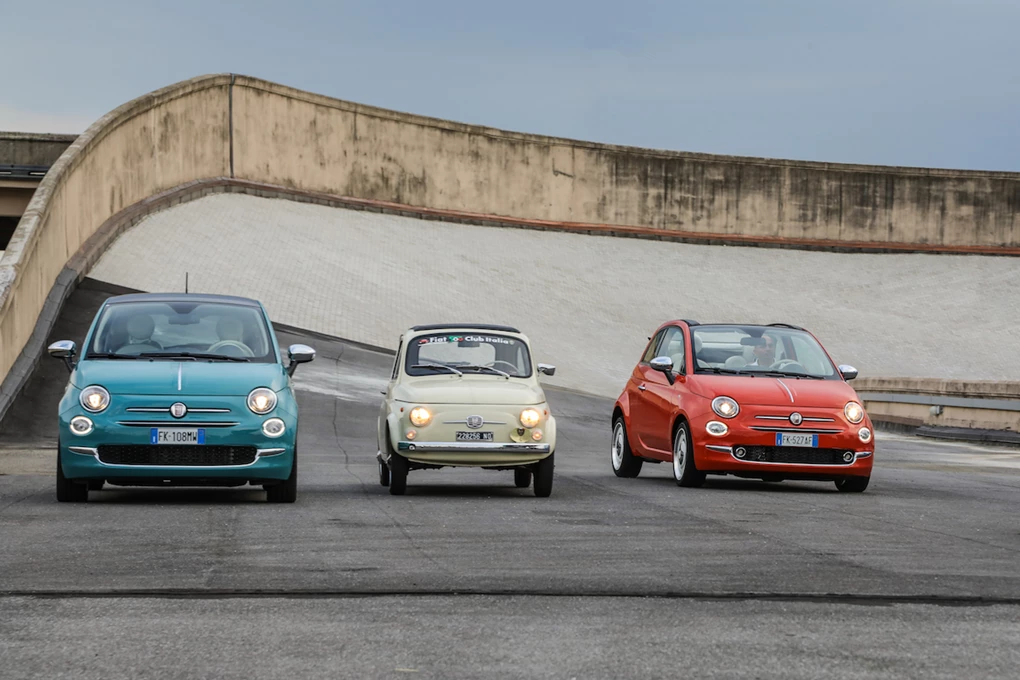
The MINI and the Fiat 500 have both gone on to be huge sellers, and have inspired others to follow suit. Even Ford, a company cautious about its history, revived one of its most famous cars, with the 2003 Ford GT, a limited production supercar in the mould of the iconic Le Mans winning GT40. At the same time, though not in Europe, it revisited the concept of the original Thunderbird, and found fame via the silver screen after the car was featured, albeit in bastardised form, in the 2003 remake of the Thunderbirds movie.
In Ford’s eyes, today, history is far from bunk. Just ask anybody who has recently bought a Mustang, a car unashamedly taking its styling from the original 1960s Pony car, and itself a reaction to the 2010 Chevrolet Camaro, a car that took successive generations of increasingly rubbish Camaros and cast them aside, harking back to the style and appearance of the 1967 original on the back of a big bucks Hollywood appearance in Transformers, the Movie.
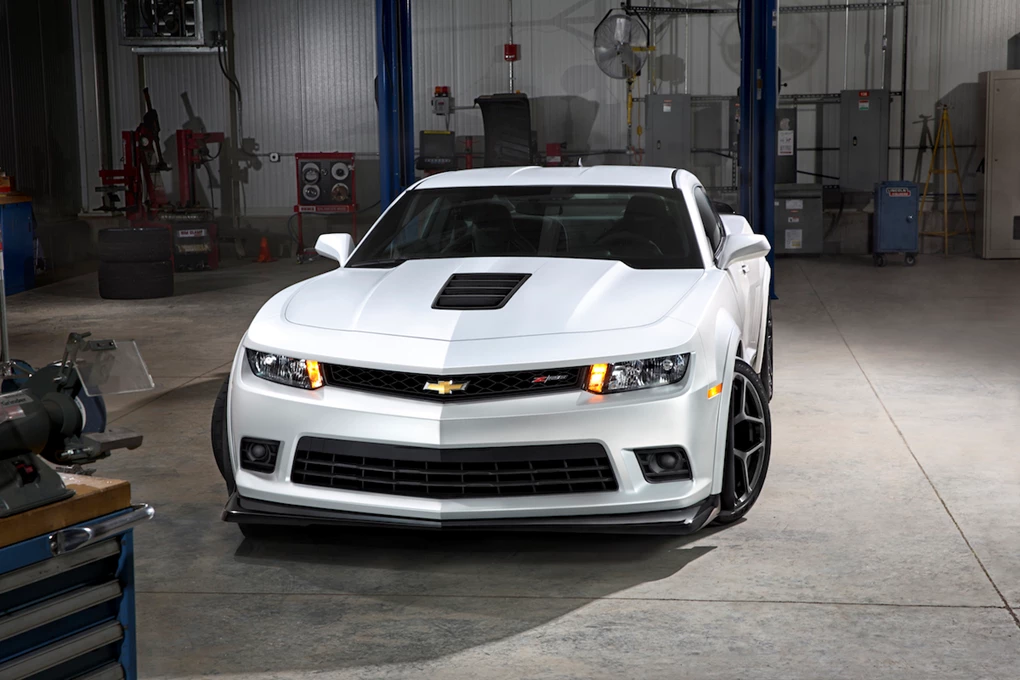
Heritage, then, sells cars. But one of the most audacious moves in recent times is by PSA, the owner of Peugeot and Citroen, which has used a name from the past to launch a more premium car brand, DS.
The name is a nod to the 1955 Citroen DS, named after the French word Deesse, meaning ‘female deity’. The name was applied to Citroen’s technologically pioneering saloon, a car packed full of futuristic features such as hydraulic suspension and headlights that turned with the steering to see round corners. Innovations that, even today, car manufacturers promote as futuristic.
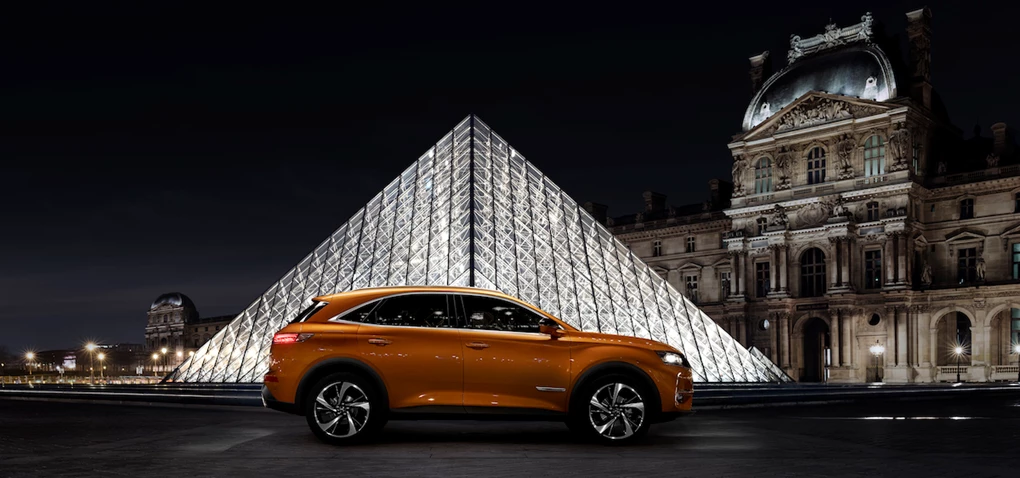
In 2009, Citroen launched a ‘DS’ range of cars. Models that were innovative, different and stylish, and were aimed at aspirational rather than practical customers. In 2014, DS became a standalone brand, the DS2, DS3, DS4 and DS5 cars being separated from the Citroen brand, under the hallmarks of being premium and innovative. Exactly what Citroen itself stood for in history.
So, is history bunk? No. Today’s car market is flooded with retro models, MINI, DS and the Fiat 500 being obvious examples. But there are others, too. Citroen’s e-Mehari concept harking back to the Mehari of the 1970s, BMW’s Vintage CS Concept recalling the glory days of the CSL and the 2017 VW Microbus concept being just a few examples of how the past has come to the fore in recent years.
There’s no shame in looking backwards to look forwards, and at last the car manufacturers are starting to realise that.
